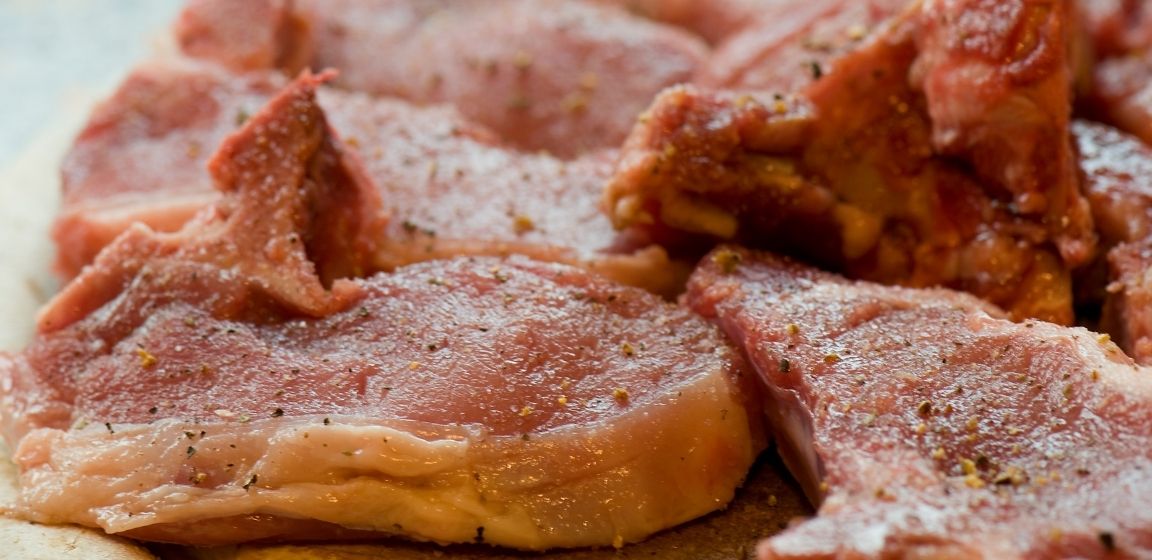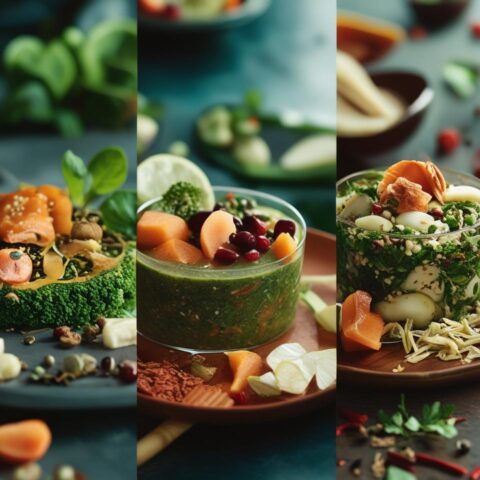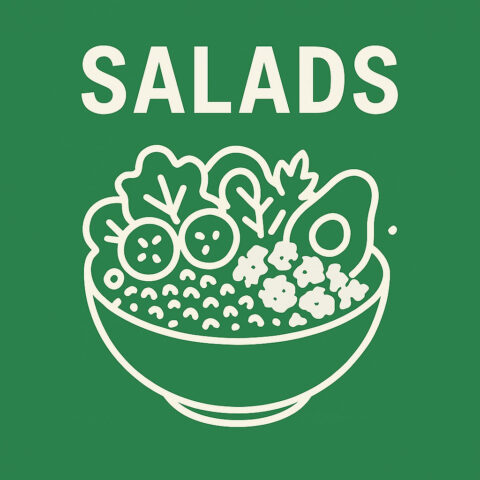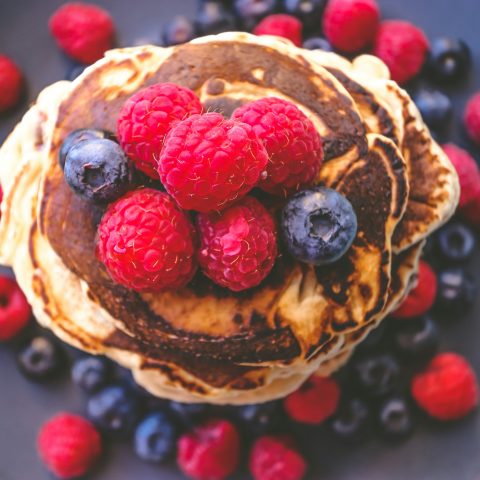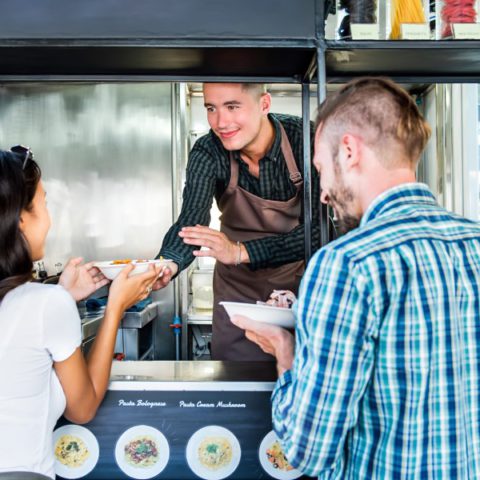Feral hog may not sound like a delicacy, but it definitely tastes like one—if you know what you’re doing. More hunters are pitching in to cull the expanding pig population, and they deserve a feast afterward. Use these best tips for cooking a wild hog to ensure many meals to remember.
Ladle of Contents
Prep Safely
Correctly skinning and butchering a feral hog can make or break the final results. Make sure you work with sanitary tools and surfaces, and transfer the cuts to the freezer as soon as you can. You can destroy any bacteria or parasites by cooking the meat above 165 degrees Fahrenheit.
Know Your Meat
Young boars and more substantial sows are considered the tastiest, but even older boars are good for smoking and making sausage. Feral hogs are much more active than farm-raised pigs, though, and they have far less fat. The key is to compensate with slow cooking and sufficient moisture. Be vigilant, because lean meat can dry out and toughen quickly.
Try Different Methods
Barbecue
With a traditional barbecue or smoker, you can slow-cook smaller pieces. Brine the pig first to keep it moist. At 225 degrees Fahrenheit, it takes 8 to 12 hours to finish a shoulder. Small cuts such as ribs may require just three to four hours.
Braise
Maximize tougher cuts from the leg and shoulder by simmering the pig gently in broth or sauce. Brown it first and then transfer it to a slow cooker or oven dish with sauce. Bite-size morsels are great additions to stews.
Roast
You can cook the loins and ribs just like regular pork at 145 degrees Fahrenheit. Otherwise, a few hours between 225 and 250 degrees will keep the meat tender and juicy.
Grill
Quicker, higher-temperature methods such as broiling, frying, and pan-searing are ideal for the tenderest cuts of feral hog: the tenderloin, loin, and rib sections. Marinating them overnight will elevate the taste, but don’t forget to compensate for the leaner meat by shortening the cooking time.
Savor the Taste
If you take advantage of these best tips for cooking a wild hog, you’ll end up with dishes that may be somewhat similar to beef. Because wild boars eat grasses, nuts, and just about anything else they come across, they have a more intense, sweet, and nutty flavor than that of domesticated pig. Those varied diets also make them richer in vitamins and minerals such as iron, too. If you enjoy dining on the fruits of your hunt, go ahead and fill your freezer. There are plenty more feral hogs out there.

